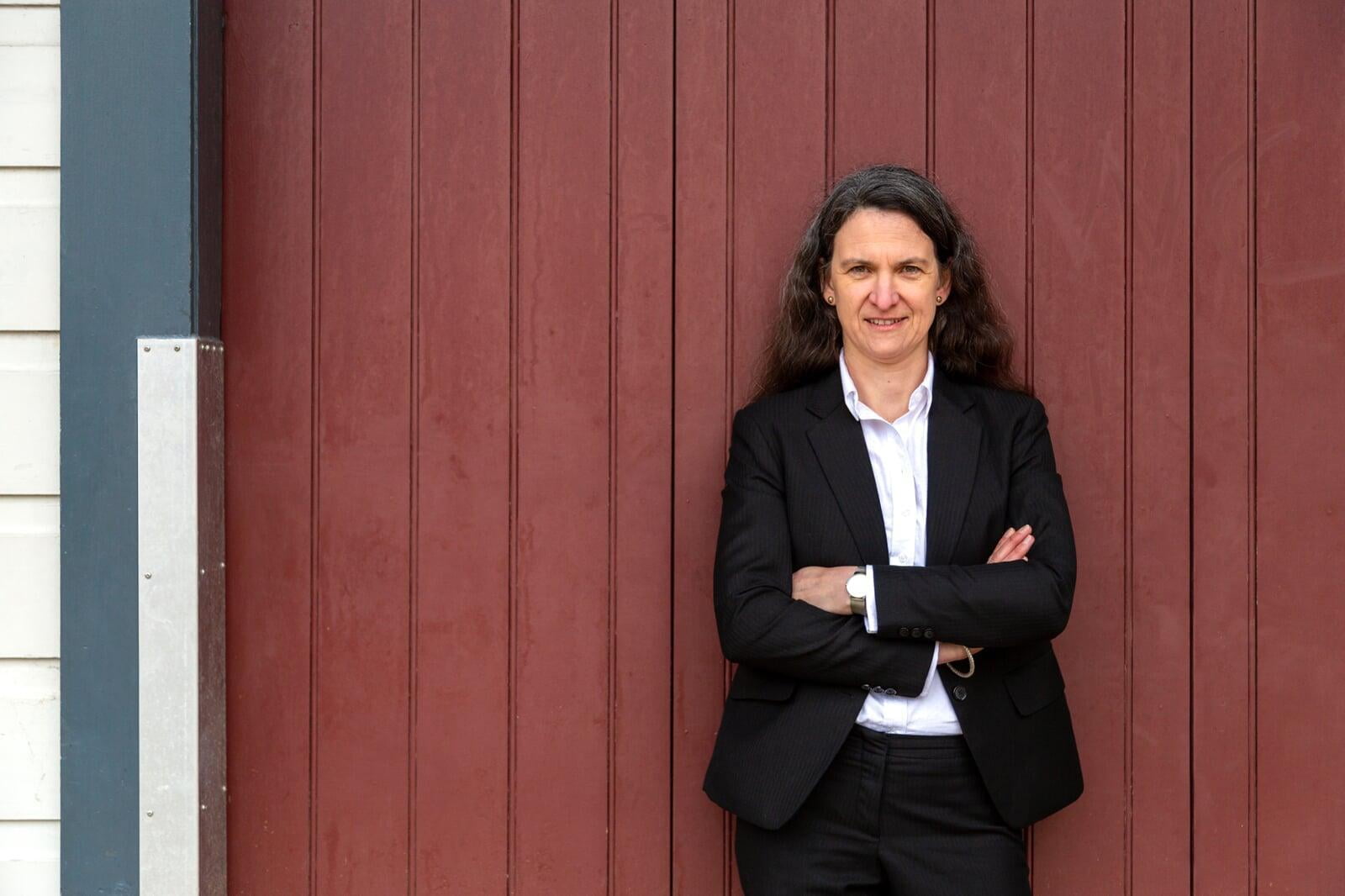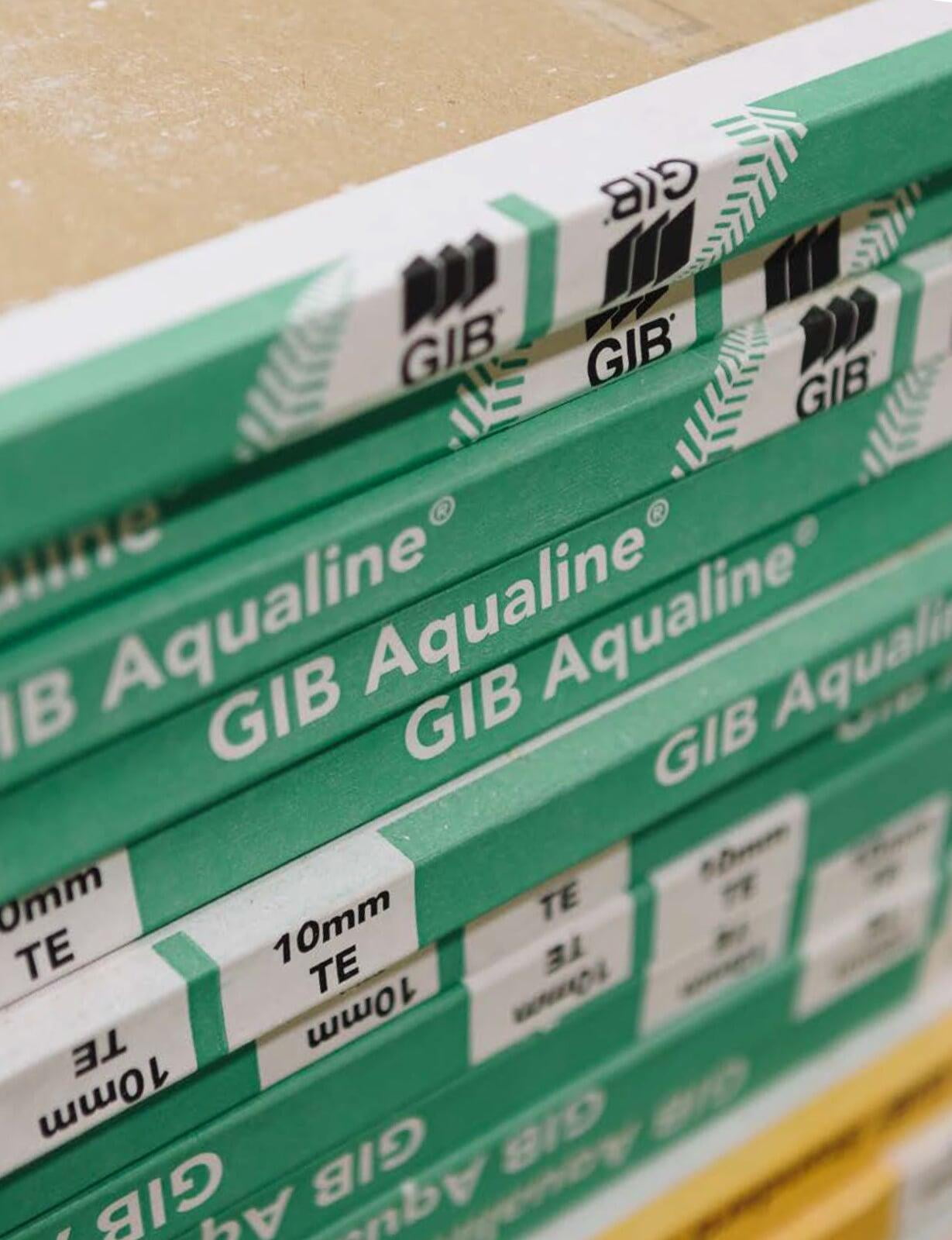Waste from demolition and construction is New Zealand’s largest source of waste, and plasterboard manufacturer Winstone Wallboards (WWB) knew this needed to change. Barbara Nebel from Thinkstep-ANZ explains.
Waste from demolition and construction makes up a third of the waste that goes to city landfills each year and contributes significantly to our emissions of greenhouse gases.Zoom in to an average residential building site, and the numbers are similarly stark: each year around 23% of construction materials, including about 700kg of plasterboard waste, end up in a skip bound for landfill.
Plasterboard manufacturer Winstone Wallboards (WWB) knew this needed to change. The company produces plasterboard under the GIB® brand. It is New Zealand’s only manufacturer of the product.
So the team set themselves a challenge. They would reduce plasterboard waste across New Zealand by 30% without redesigning their product. They would do this in three ways:
1. by reducing the waste builders create during construction,
2. by cutting back the waste they generate when they make GIB® plasterboard, and
3. by recycling gypsum, the main material in plasterboard.
Reducing waste during construction
WWB began by tackling the waste their customers create when they use GIB® plasterboard on a building site. First up, they identified why and how this waste occurs. Three sources stood out. Builders create waste when they:
1. use GIB® plasterboard,
2. order it, and
3. store it.
With this information in hand, WWB set about changing their manufacturing and distribution processes to ‘design waste out’.
In the first situation, builders often need to cut sheets of plasterboard down to size when they use it. This leads to waste in the form of offcuts. Inevitably, cutting down involves mistakes. More offcuts, more waste.
To reduce this offcut waste, WWB now offers builders, who buy 100 or more sheets of their product, plasterboard that is already cut into custom sizes. The company also encourages modular design. Less cutting. Less waste.
In the second situation, builders sometimes order too much plasterboard. When they do this, they often find it easier to bin the extra product than to transport it to another project.
In the third situation, builders working on larger sites may mislay plasterboard and need to reorder it. Sometimes the surplus stock gets damaged while it waits to be used.
To reduce these issues, WWB encourages ‘materials logistics plans’. These plans help builders ensure they have the ‘right amount of materials onsite at the right time’ – not too much and not too little. The company also advocates for clauses in construction contracts that make builders responsible for minimising waste.
Reducing waste during manufacturing
Manufacturing GIB® plasterboard creates waste too. The solution comes in the form of a new plant. WWB will open its 12.7-hectare Tauriko plant in Tauranga later this year. Once this plant is operating, the company will be able to recycle the plasterboard waste it creates during manufacturing into new plasterboard.
Recycling waste gypsum
Recycling lies at the heart of WWB’s third initiative too. This time it involves recycling the materials it uses to make plasterboard. Gypsum is a mineral that occurs naturally in some sedimentary rocks. It is valued in agriculture and horticulture for improving soil structures and is an ingredient in many fertilisers.
WWB is giving waste gypsum a ‘second life’. It has set up partnerships across the country to recycle the mineral for use in our land-based industries.
Less waste, less carbon – and other business benefits too
WWB’s actions are helping New Zealand’s building industry to manage its waste and cut down on its greenhouse gas emissions. These practices add value to WWB’s business too. Reducing manufacturing waste reduces the costs of disposing of waste. By designing out greenhouse gas emissions, the company is managing its risks. It is preparing to avoid carbon taxes if the government decides to levy these in the future.
The new processes have other benefits too. They build relationships, brand loyalty, and employee engagement. For example, customers appreciate WWB’s efforts to help them reduce their waste, make their materials go further, and reduce their project’s carbon footprint. WWB’s team values being part of a business that is working hard to become more sustainable.
A pragmatic, well-executed strategy to reduce waste is reaping benefits for the New Zealand construction industry and WWB too.

Author: Barbara Nebel, CEO of Thinkstep-ANZ
Barbara’s passion is to enable organisations to succeed sustainably. As CEO of thinkstep-anz, a locally owned business, she often describes her job as a translator – translating sustainability into traditional business language. Together with her team, she delivers a full range of sustainability services from strategy and materiality assessments through to detailed Carbon Footprinting, Life Cycle Assessments and Cradle to Cradle® projects.

